Building Information Modeling (BIM) is a collaborative process that involves creating and managing digital representations of the physical and functional characteristics of a building. The different phases in a typical BIM workflow include:
Schematic Design:
The Schematic Design phase is the initial phase in the building design process with BIM. In this phase, the focus is on initial concept development and identification of project requirements. The BIM model produced in this phase generally has a low level of detail (LOD 100-200).
- Objective: In this phase, the basic concept of the project is developed. This involves understanding the client's needs, project goals, and initial design intent.
- Activity:
- Initial sketches and drawings.
- Mass arrangement and basic spatial layout.
- Model 3D conceptual.
- Example: If designing a residential building, during schematic design, the architect can create a preliminary floor plan and 3D massing model to explore various design concepts and space arrangements.

All sizes in the model are still general & have not been specifically adjusted position & orientation have followed the planner's design
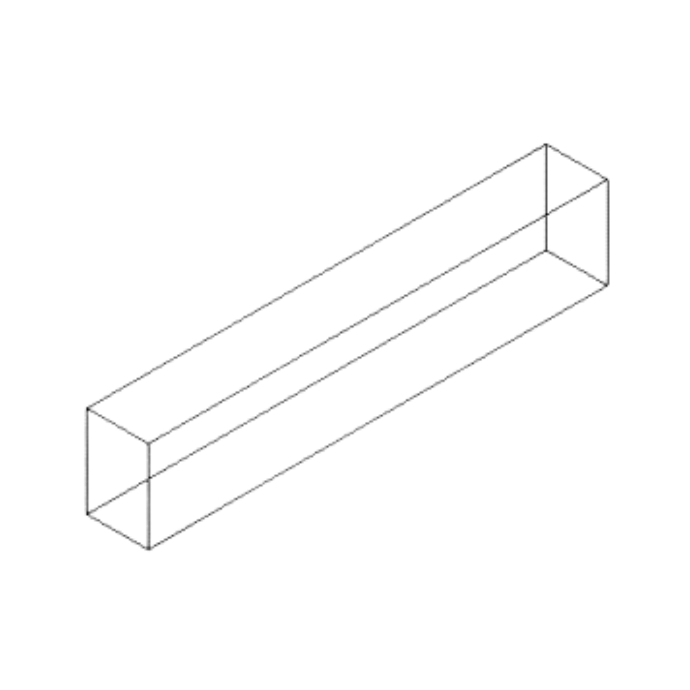
All sizes on the model are still the same & have not been adjusted position & orientation have followed the planner's design
Design development:
The Design Development phase is a continuation phase of the Schematic Design phase. In this phase, the design is developed further with greater detail and more complete technical information. The BIM models produced in this phase generally have a medium level of detail (LOD 200-300).
- Goal: This phase builds on the schematic design and focuses on refining the design, including more details, and addressing the technical aspects of the project.
- Activity:
- Develop detailed drawings and specifications.
- Improved 3D models with more accurate geometry.
- Analyze systems and components for performance.
- Example: Continuing the example of a residential building, during design development, the architect will add details to the floor plan, refine the 3D model with accurate dimensions, and begin to determine the materials and systems that will be used.

Size, Type, Shape of the model follows the planner's design
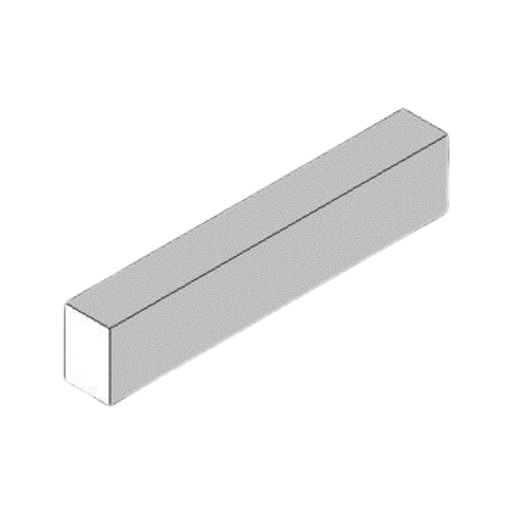
Size, shape, distance, number and position are in accordance with the planner's design
Construction/Development:
The Construction/Build phase is the phase in which the building is built. In this phase, the BIM model is used to coordinate construction activities. The BIM model produced in this phase generally has a high level of detail (LOD 300-400).
- Objective: This phase involves the actual construction of the project based on the approved design. It's about turning digital models into physical buildings.
- Activity:
- Project scheduling and planning.
- Construction coordination using the BIM model.
- Collaboration between various stakeholders (architects, contractors, subcontractors).
- Example: In construction, BIM models are used to coordinate various trades, track progress, and identify and resolve clashes or conflicts before they occur on site. This helps increase efficiency and reduce errors during construction.

The models listed are complete in accordance with the planner's design, such as size, length, position, orientation & accessories can be measured directly on the model.
Clash detection can now be done.
BoQ/MTO can be issued according to project planning needs.
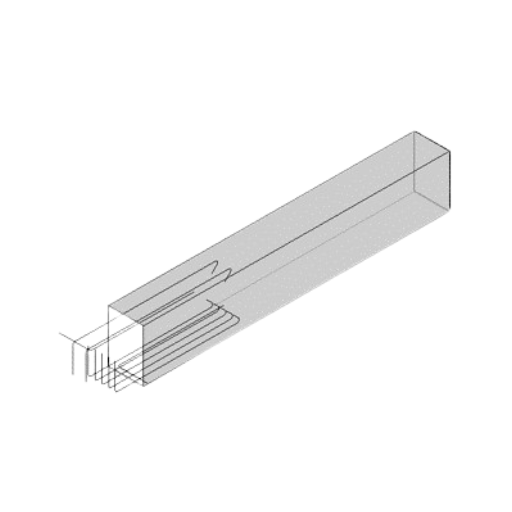
The models listed are complete in accordance with the planner's design, such as size, length, position, orientation & accessories can be measured directly on the model. The reinforcement of every connection between building components has been visualized
Clash detection can now be done
BoQ/MTO can be issued according to project planning needs
Maintenance & Renovation:
The Maintenance & Renovation Phase is the phase where the building is maintained and renovated. In this phase, the BIM model is used to manage the building during operation and maintenance. The BIM models produced in this phase generally have a very high level of detail (LOD 400-500).
- Objective: After construction is complete, the building enters the operational phase. BIM continues to be useful for facility management, maintenance, and any future renovations or modifications.
- Activity:
- Asset management and maintenance planning.
- Updating BIM models with built-in information.
- Using BIM for future renovations or additions.
- Example: For commercial buildings, facilities management teams can use BIM models to track maintenance schedules, manage equipment life cycles, and plan future renovations. If renovations are planned, existing BIM models provide a solid foundation for the design team to work from.
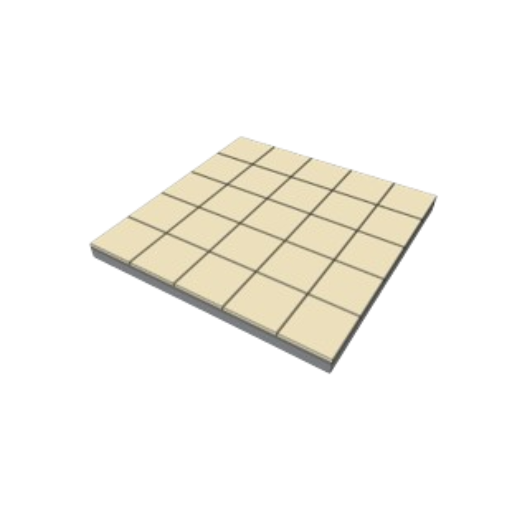
The models listed are complete in accordance with the planner's design, such as size, length, position, orientation & accessories can be measured directly on the model.
Clash detection can now be done
BoQ/MTO can be issued according to project planning needs
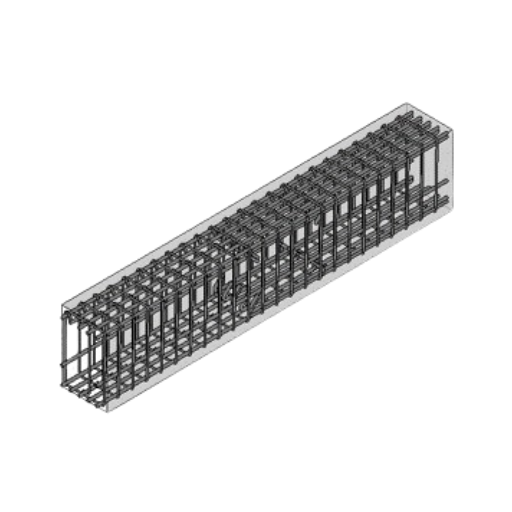
The models listed are complete in accordance with the planner's design, such as size, length, position, orientation & accessories can be measured directly on the model.
The reinforcement of every connection between building components has been visualized
Clash detection can now be done
BoQ/MTO can be issued according to project planning needs
Each of these phases in the BIM process contributes to the entire life cycle of a building, from conceptualization to construction to ongoing maintenance and potential future renovations.
Conclusion
Overall, BIM (Building Information Modeling) is a collaborative, technology-based approach to managing the entire life cycle of a building, from initial planning to maintenance and renovation.
BIM can provide various benefits at every phase of the building design and construction process. By using BIM, professionals can increase efficiency, effectiveness, and productivity in the building design and construction process.
Thus, BIM not only simplifies the design and construction process, but also improves the quality, efficiency and sustainability of building projects. Overall, BIM helps reduce risks, optimize resources, and provide long-term benefits throughout the building life cycle.